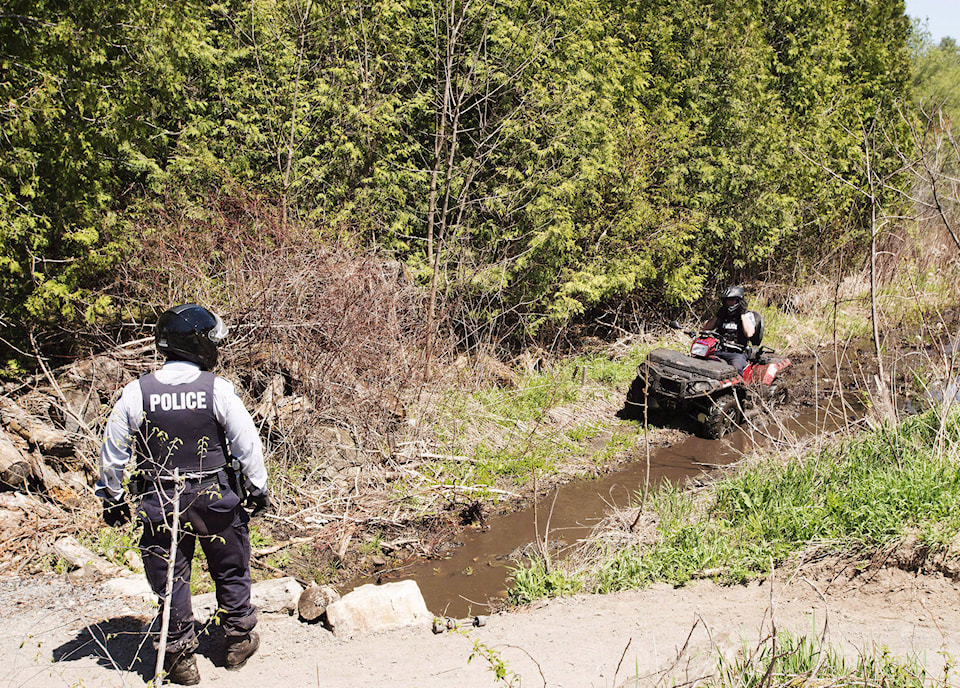OTTAWA — There is no statistical evidence to show an increase in irregular border crossers acting as “anchor relatives” to bring other family members into Canada, despite the tactic being flagged as a new phenomenon by the Canada Border Services Agency.
In a recent report to the parliamentary budget office, the CBSA indicated that border officers have noticed some refugee claimants who have crossed into Canada irregularly are now acting as “anchor relatives” for family members.
This allows their spouses, children, siblings, legal guardians, grandparents, aunts and uncles and nieces and nephews to cross at an official border entry and not be considered irregular migrants. This also prevents them from being refused entry into Canada.
But data from Public Safety Canada shows this has not led to an increase in the number of asylum seekers using this loophole to come to Canada.
In fact the numbers are trending downward.
Under the Safe Third Country Agreement, asylum seekers who first arrive in the U.S. and then try to make a refugee claim in Canada at an official border crossing will be turned back unless they qualify for one of four exceptions — one of which is having a family member already in Canada.
Scott Bardsley, spokesman for Public Safety Minister Ralph Goodale, pointed to internal statistics gathered by the department showing there are actually fewer claimants using these exemptions to make refugee claims in Canada.
“The data does not support the claim that there is a trend of increased ‘anchor relatives’ being used to get around the Safe Third Country Agreement. In fact, it shows that there are fewer asylum claimants using these exemptions to enter Canada,” Bardsley said Friday.
In 2017, the numbers show the average number of people who qualified each month for an exception under the Safe Third Country Agreement was 531. So far in 2018, the average is 318.
Once those eligible for an exception are in Canada, their refugee claims are then assessed on a case-by-case basis by the Immigration and Refugee Board — an arm’s-length agency that adjudicates refugee claims and appeals.
Meanwhile, the biggest upward trend noticed by immigration and border security officials this year is an increase in the number of irregular migrants who come to Canada after obtaining a temporary travel visa from the United States, Bardsley said.
These individuals do not stay long in the U.S. but rather are using the Unites States as a transit point to get to Canada to seek asylum.
Canada is working with American officials to curb this trend, Bardsley added.
From Jan. 1 to June 30 2018, the top five countries of origin for asylum seekers who crossed irregularly into Canada, in order, were: Nigeria, the United States, Colombia, Haiti and Turkey.
— Follow @ReporterTeresa on Twitter
Teresa Wright, The Canadian Press
